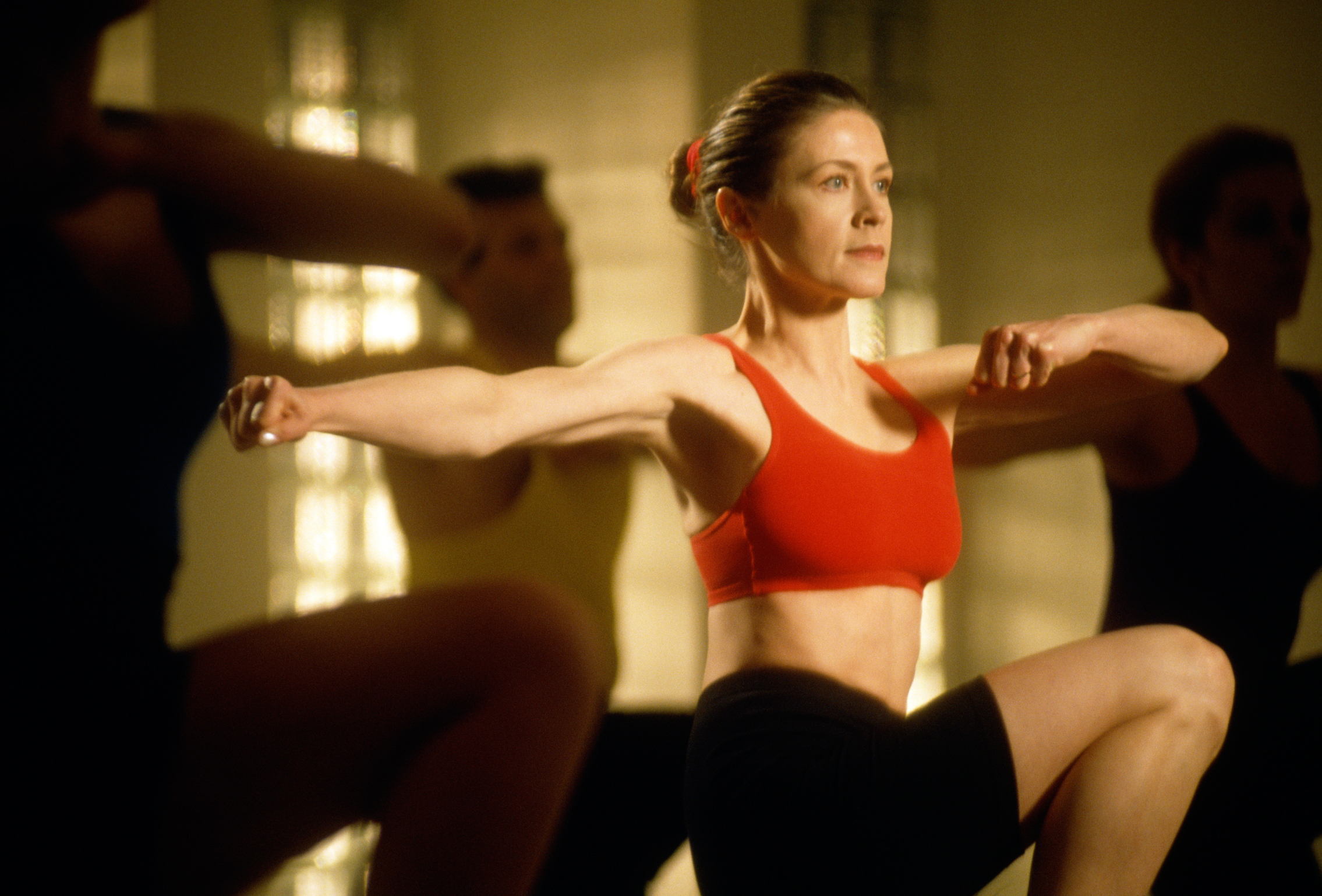
Originally published on Woman: The Nest, March 2014
Mindless repetitions on weight machines can strengthen your muscles, but do little to train you for optimal movement for sports and other activities you do every day outside of the gym. Functional fitness takes care of that gap. The patterns of movement that you use in your daily life include squatting, lunging, pushing, pulling and rotation. Functional exercises incorporate these patterns into full-body activities that move multiple joints through a full range of motion. This strengthens your muscles, increases your flexibility and improves the elasticity of your connective tissue.
The Myofascial Web
Strength and flexibility exercises traditionally focused on strengthening and stretching individual muscles to support bones and connective tissue. However, these individual units are now understood to be part of a network, called the myofascial web, that encompasses your whole body and functions as an integrated system. Movement of one joint affects movement and stability throughout your body. This network includes all of your muscles, bones and connective tissue and coordinates movement of your entire body to avoid excessive force on individual muscles or joints.
Functional Fitness
Because your body moves as an integrated system, exercise shouldn’t be isolated to one muscle or joint, but should be a series of movement patterns. Functional exercises challenge the entire myofascial web, moving multiple muscles and joints at the same time to improve coordination, strength and elasticity. Typical gym machines provide a stable environment that isolates and focuses on contracting, or shortening, muscles. Functional exercises are dynamic in nature and train movements, not muscles. By training your muscles to move the way they do in everyday activities, you prepare your body to perform in any situation.
Range of Motion
When you move your joints through a variety of angles, your bones, muscles and connective tissue grow stronger and more flexible. Each joint has its own range of motion based on its structure. It’s important to work with the joint’s structure as you explore your body’s functional movement patterns. Never force a joint into a position or overstretch your muscles. Instead, focus on dynamic range-of-motion exercises that ease into bigger movements.
Exercises
There are many functional exercises that you can do to improve posture, balance, coordination, performance and strength. These exercises will also help prevent injury and improve your ability to perform daily activities such as reaching up to a top shelf or taking clothes out of the dryer. Examples of full-body, functional, range-of-motion exercises are squats with a bicep curl, forward lunges with torso rotation, inverted flyers, pushups and chinups. As you begin doing functional training, start with exercises that use your body weight for resistance. When you’re ready for a greater challenge, increase the difficulty with resistance tubing, fitness balls, kettlebells and weights.
REFERENCES
- American Council on Exercise Certified News: Cutting Edge: Training the Fascial Network
- American Council on Exercise: Exercise Library
- ACE Advanced Health & Fitness Specialist Manual; American Council on Exercise
WRITER BIO
Cindy Killip is a medical exercise specialist, health coach, author and speaker who has been teaching and writing about exercise and wellness since 1989. She authored the book Living the BONES Lifestyle: A Practical Guide to Conquering the Fear of Osteoporosis [2012]. Killip holds multiple certifications through the American Council on Exercise and degrees in communications and sociology from Trinity University with a focus on pre-med and exercise science. She studied exercise physiology as a graduate student at the University of New Mexico.
This article was originally published on Woman: The Nest, March 2014



